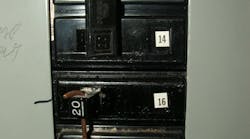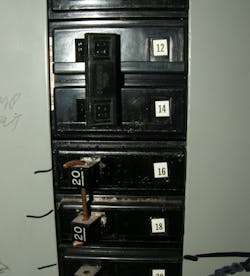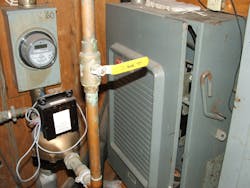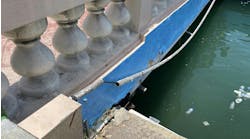How well do you know the Code? Think you can spot violations the original installer either ignored or couldn’t identify? Here's your chance to moonlight as an electrical inspector and second-guess someone else's work from the safety of your living room or office. Can you identify the specific Code violation(s) in this photo? Note: Submitted comments must include specific references from the 2023 NEC.
Hint: Handle-tie hiccup
Tell Them What They've Won…
Using the 2023 NEC, correctly identify the Code violation(s) in this month's photo — in 200 words or less — and you could win an Arlington Industries 18-in. Slider Bar and plastic box for mounting between studs with non-standard spacing. E-mail your response, including your name and mailing address, to [email protected], and Russ will select three winners (excluding manufacturers and prior winners) at random from the correct submissions. Note that submissions without an address will not be eligible to win.
December Winners
Our winner this month was Timothy Hite, owner of Hite Aviation Consulting in Altoona, Pa. He knew there were problems with the clearances in front of this service disconnect.
I am not sure whether the electrician or the plumber was the first trade to install their equipment in this very tight-spaced mechanical room. I do know, however, that the placement of the disconnect and the position of the water line prevent the disconnect’s door from fully opening. When the water shut-off valve is closed, the door can barely be opened. When the valve is open, the door can open a little farther, but not nearly the 90 degrees required by Sec. 110.26(A)(2). There is nowhere to stand in front of the disconnect or the meter enclosure since the working space required by Sec. 110.26(A) is completely blocked by the water piping and water meter. The lack of accessibility to the fuses in the disconnect is a violation of the requirements of Sec. 240.24(A).






